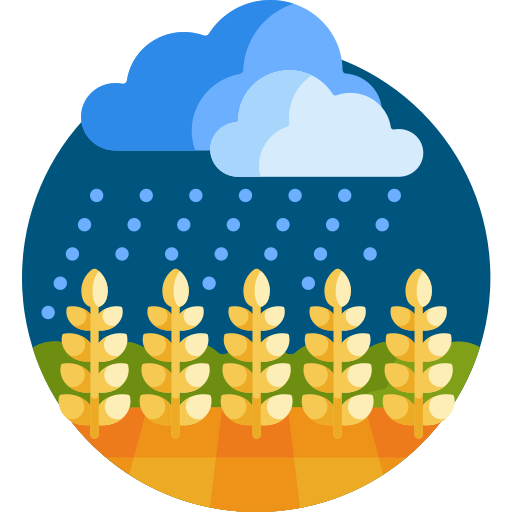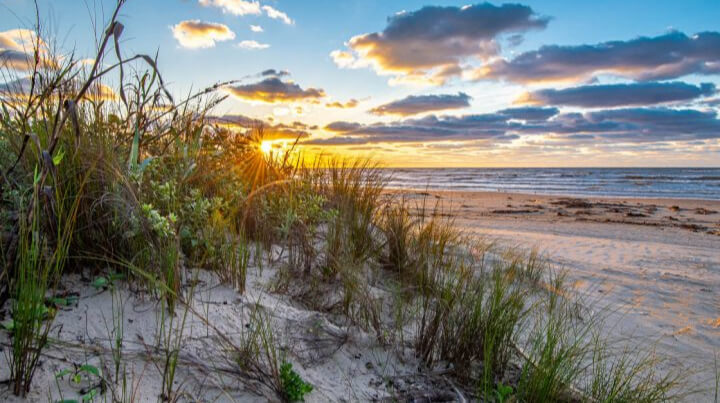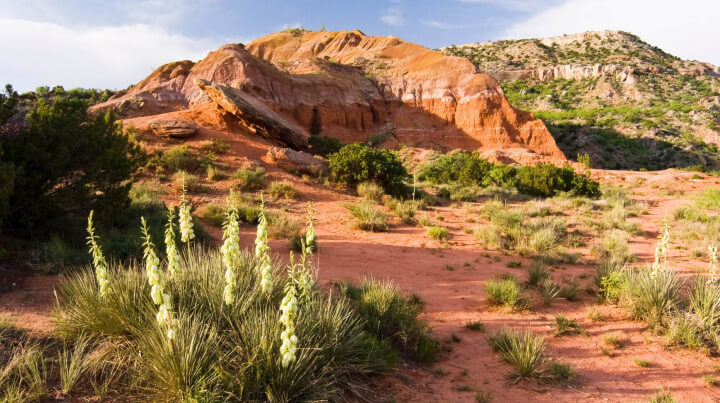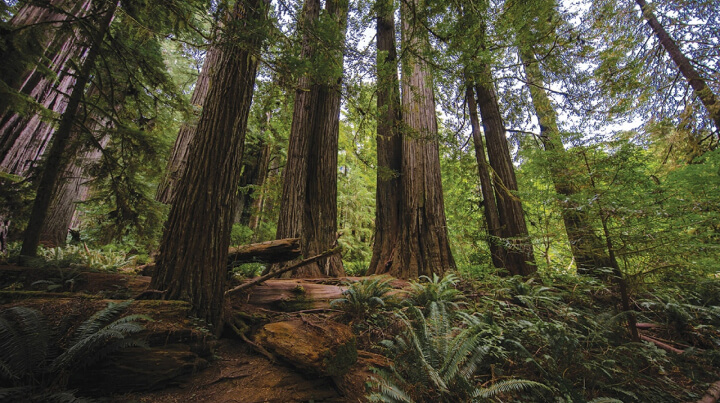Texas A&M Forest Service Nature Challenge


Biofiltration
Bioswales and rain gardens improve water quality by absorbing and filtering runoff through selected plants and soils. They are strategically located to intercept storm water runoff, often found along edges of parking areas and streets, mitigating potential pollution from entering our rivers and streams. Fischer Park has rain gardens at each of its main parking lots. Several rain gardens throughout an area are better than one.
Below the surface of rain gardens, the selected plants and soils are hard at work cleaning the water. Once it is absorbed into the ground, sediment, nitrogen and phosphorus levels in the water are reduced by the combined actions of the plants, root systems and soils.
Locate the rain gardens at each of Fischer Park's main parking lots and identify the special plants that were selected to filter storm water.
Details

|
|
|
|

This Challenge is for:
- All Ages
- Formal Educators
- Informal Educators
Challenge Topics:
- Biodiversity
- Connecting Children with Nature
- Conservation/Environmental Education
- Environmental Systems and Cycles
- Green Building and Architecture
- Homeschool
- iNaturalist
- Urban Greening
This Challenge is accessible for:
- People with Visual Impairments
- People with Hearing Impairments
- People with Mobility Impairments
- People with Developmental Impairments
- People with Sensory Sensitivities
Things you’ll need...
To complete this challenge
Step one
Locate Fischer Park's Bioswales and Rain Gardens

Fischer Park has rain gardens at each of its main parking lots. Several rain gardens throughout an area are better than one. Bioswales along the parking areas at Fischer Park have been designed, installed, and lined with plants to absorb runoff water. During heavy rains, excess water is directed into the bioswales which filters slowly and absorbs into the ground. This also helps recharge groundwater, supplying rivers and streams with a steady, purified water source.
Step two
Identify Special Plants that Filter Storm Water

The plants selected for the rain garden and bioswale are able to withstand the extremes of both flooding and drought. Deep-rooted native plants are ideal for rain gardens and bioswales because they encourage infiltration, filter pollutants, and control erosion. Native plants are well adapted to climate and resist local pests and diseases. The selection of the right plants is crucial to the overall success of the garden.
Step three
Earn your badge!

Gallery
There aren't any images in the gallery.
Texas A&M Forest Service and cooperators collectively known as “Nature Challenge” have not inspected the physical locations of challenges. No warranty of safecondition, or fitness for particular use is granted by Nature Challenge. Nature Challenge has not vetted whether the challenges, as formatted by the Provider, is safe. Anyone performing this challenge will be doing so at their own risk.








